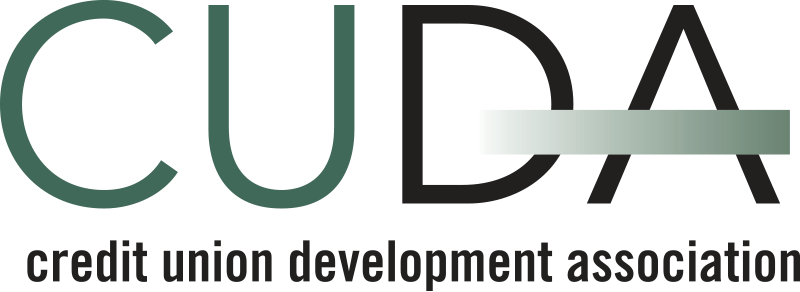Credit unions will be in receipt of a letter from the RCU setting out their expectations when credit unions participate in a CUSO. The letter sets out:
- The obligations and considerations when investing/participating in a credit union owned outsourced provider (CUSP)
- The outsourcing requirements when obtaining a service from that CUSP or a related service provider
The letter describes a CUSP as an organisation that:
- is established and owned by credit unions;
- may include 3rd party alliance partner(s) which may or may not have an equitable interest in the venture;
- its purpose is to exclusively provide specific services to credit unions and/or credit union members;
- often operate as commercial outsourced service providers, independent from their owners;
- may provide services to credit unions other than their owner credit unions.
It provides that the credit union must be able to demonstrate to the CBI that the “investment is directly linked to an authorised activity of the credit union, and, that it is necessary in order to fulfil the credit union’s current and future operating requirements, its strategic plan, long term goals, objectives and risk appetite”. The Central Bank provide a broad interpretation of “operating requirements” covering “all activities, functions, and requirements that are necessary and essential for the credit union to fulfil so that it may act within its objects, its licence and permissions from the Central Bank, provides services to its members in a timely and effective manner, and to comply with all applicable legal and regulatory requirements”.
The letter notes that credit unions should have regard to S43(2), Credit Union Act 1997, as amended, and Reg 25, 2016 Regulations. Depending on the investment, notification to the CBI or alternatively authorisation is required – the latter, in cases where the service being offered or provided by the CUSP falls within Section 48 approval. Appendix 1 attached to the letter sets out all of the information required by the CBI when providing notification.
The same outsourcing requirements apply when outsourcing a business activity to a CUSP as with any other third-party service provider.
Whilst not determined by law, that letter provides that “CUSP investments…should fall below 2% of total assets”, and, investment in an individual CUSP should be less than 50% of the 2% limit. Therefore, based on these amounts, a credit union with €150m in total assets, could invest up to €1.5m in any one CUSP.
CUDA has considered the letter in detail. CUDA will be responding to the letter on behalf of CUDA owner member credit unions. We will communicate directly with your credit unions in this regard. If you wish to speak to us in relation to any concerns you may have in relation to the letter, please do not hesitate to contact us (kevin.johnson@cuda.ie / elaine.larke@cuda.ie).
